Why Traditional K-12 Community Engagement is Failing (And How to Fix It)











School districts run on community trust. After working with thousands of education leaders nationwide, we hear this time and again: if the community isn’t on board, bonds don’t get passed, budgets are delayed, and plans fall through.
Public trust in institutions has been on a steady decline, and school districts are looking for effective ways to bring the community into decision-making to build long-term trust. Community engagement is key—but not every method achieves the broad alignment and fast actions that stakeholders expect.
For some districts, asking for community feedback is a box-ticking exercise. But for the most successful districts, community engagement is integral to their decision-making, and they take every aspect into account—from initial data collection to analysis to follow-up actions. Here’s how districts are implementing action-oriented engagement that moves the needle on major initiatives.
In this Article
Turning K-12 community engagement data into supported decisions
With traditional methods like focus groups, town halls, or meetings, analysis and reporting can take weeks or even months and become stale. Reflecting on follow-up with traditional engagement methods, Guilderland CSD Superintendent Dr. Marie Wiles told us that often “it takes a month to get the results back, and by then, everyone's moved on to the next problem.”
In the best-case scenario, leaders ensure that every survey or feedback loop contributes to meaningful improvements within the school community. However, when the data is surface-level, and the analysis and reporting are slow, the insights can lose their relevancy, and it can feel like both the community and staff have wasted time.
Education leaders need to be able to follow up with their communities quickly to show respect for their time and ensure timely action on their concerns. They need engagement that prioritizes action on the results as much as it does initial participation. In other words, action-oriented engagement.
Action-oriented engagement: The infrastructure for trust
Action-oriented engagement is about more than just collecting feedback. It's about building an infrastructure of trust that can support your district's most important goals. The process is a continuous cycle:
- Foundation: First, set up the engagement infrastructure—townhalls, meetings, surveys—and establish participation baselines to ensure you're hearing from a broad range of your community, not just the loudest voices.
- Engage: Next, bring in community voice on the issues that matter most—bond measures, budget proposals, facilities, or strategic planning. Ensure participation is convenient by using digital platforms in addition to in-person engagement.
- Discover: This is where insight happens. You can map alignment between community sentiment and board priorities, accurately gauging the community's readiness for key mandates.
- Success: Finally, close the loop. Document the engagement process, clearly communicate how community input led to change, and track the outcomes of your mandates, whether it's passing a bond or successfully launching a new initiative.
While action-oriented engagement can be achieved with a combination of methods and tools, AI engagement platforms like ThoughtExchange are built to align your engagement initiatives with every step of the process. Our goal is to accelerate the transition from outreach to outcome, while also increasing data reliability.
Real-world impact: Irvine Unified Public Schools gets instant results
In practice, here’s what action-oriented engagement using ThoughtExchange looks like:
Irvine Unified School District (IUSD) switched from a traditional survey provider to ThoughtExchange for its climate survey. With their previous provider, the district waited up to three months to see their results, and struggled to apply community feedback to their initiatives in a timely way.
With ThoughtExchange, IUSD achieved:
- 33% higher participation year-over-year
- Instant results - 12 weeks faster than the previous year’s survey
- More than 50 administrators with real-time access to data
“ThoughtExchange allows our administrators to focus on actions sooner; rather than having to dig through the data, it’s readily available to them.”
Read the full story
Closing the trust gap
When you can analyze feedback, identify key themes, and report back to your community in days instead of months, you demonstrate that their voice matters. This responsiveness is what builds the trust and political capital needed to secure support for high-stakes decisions. You're not just asking for input; you're building a partnership with your community, grounded in mutual respect and tangible action.





